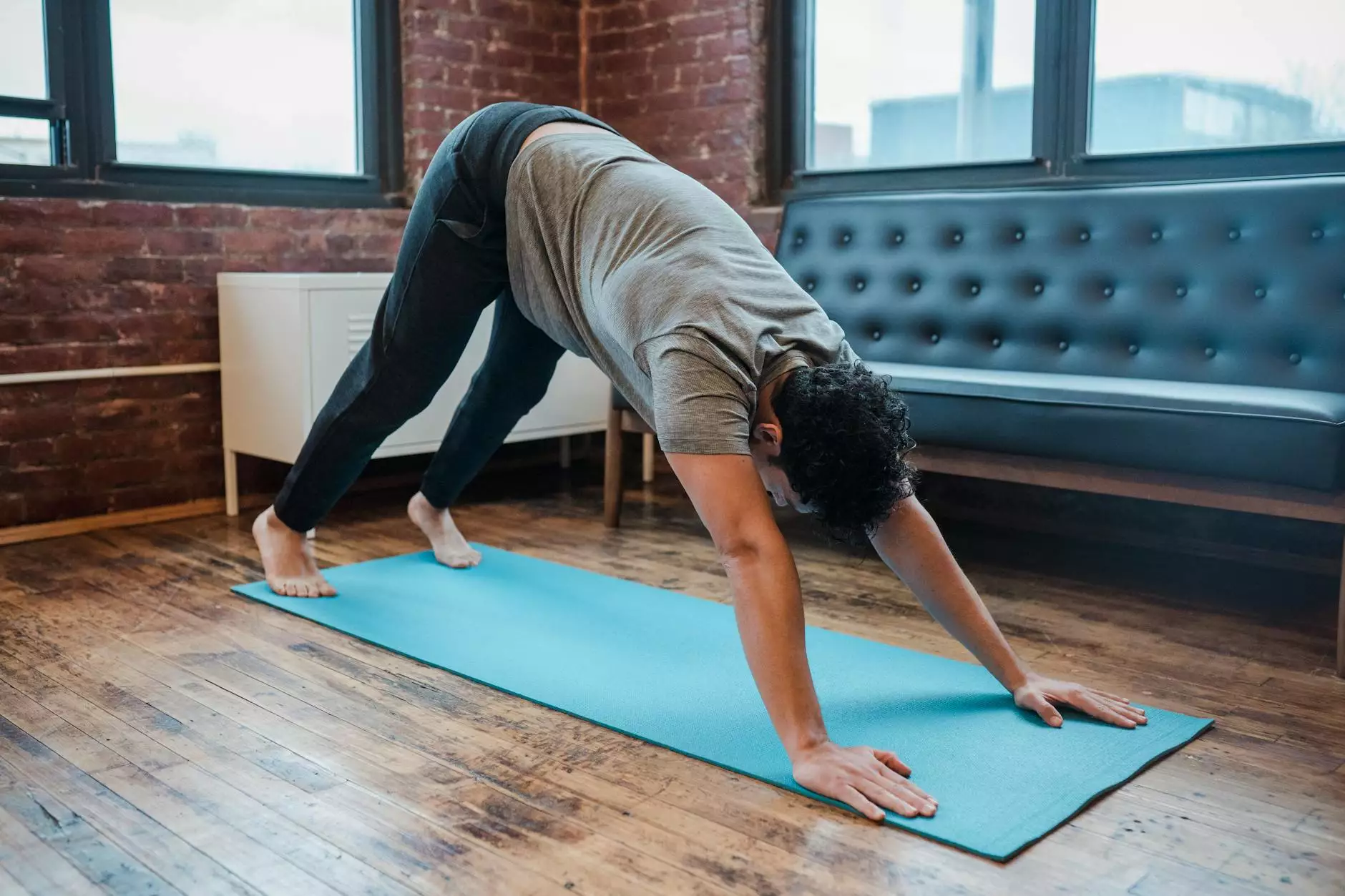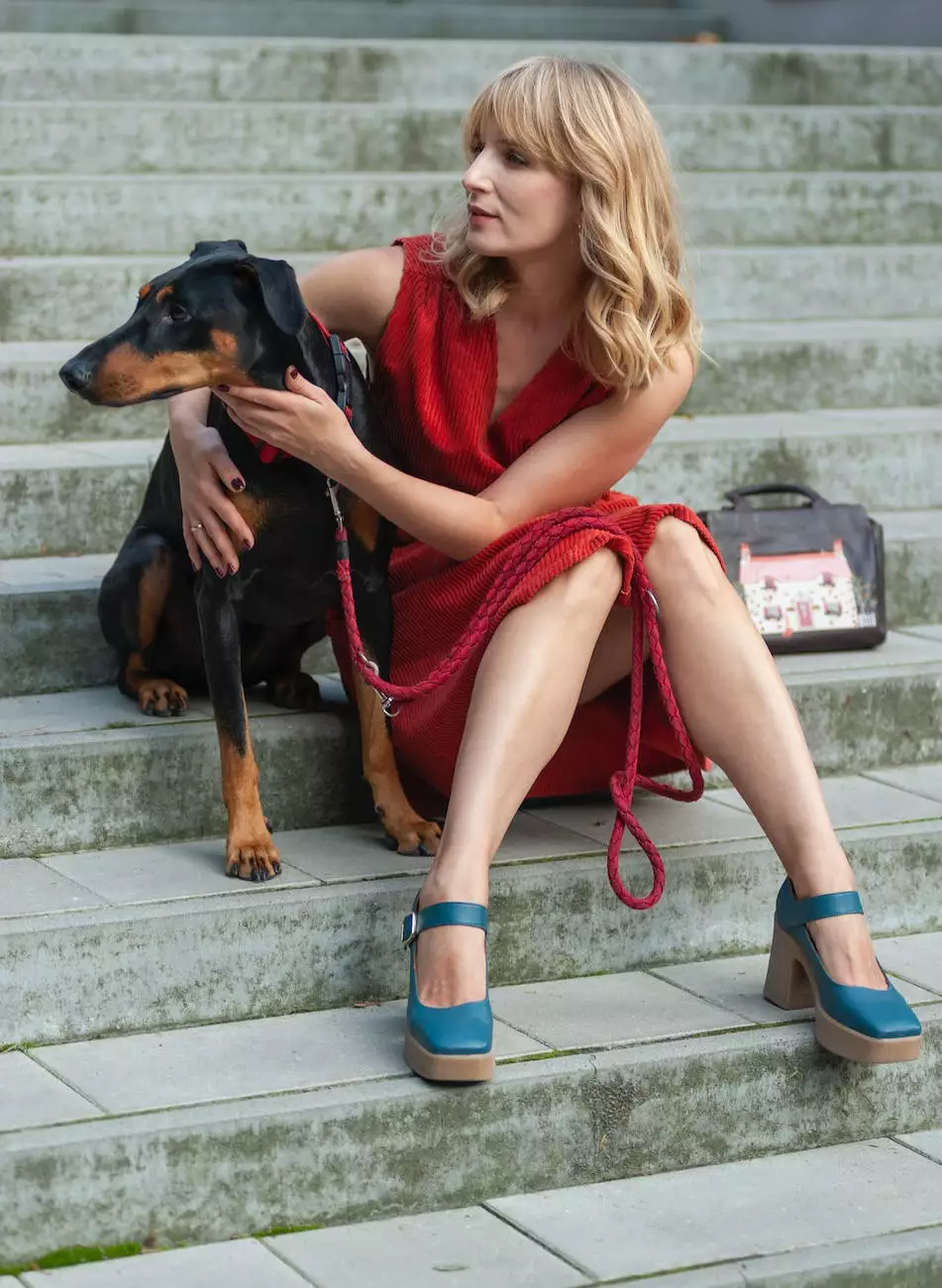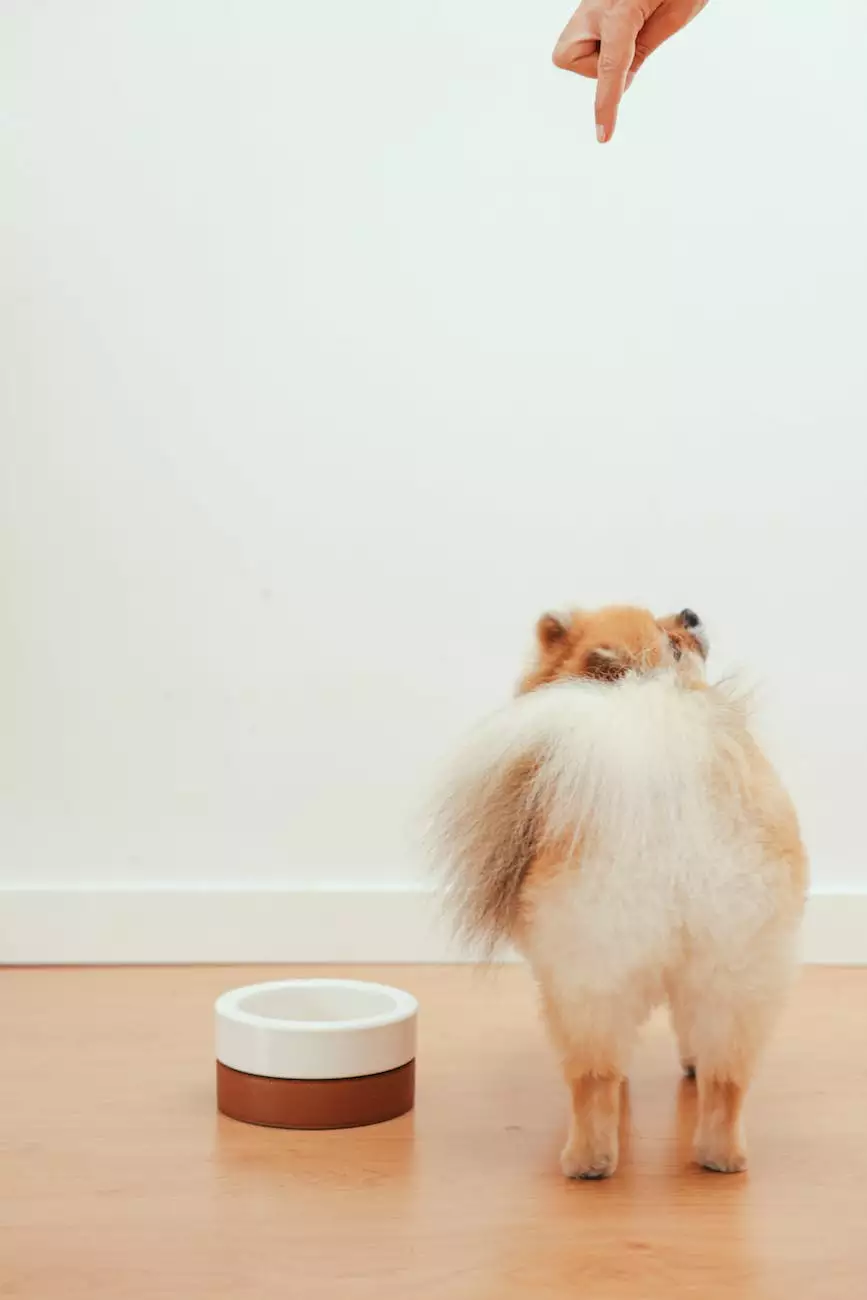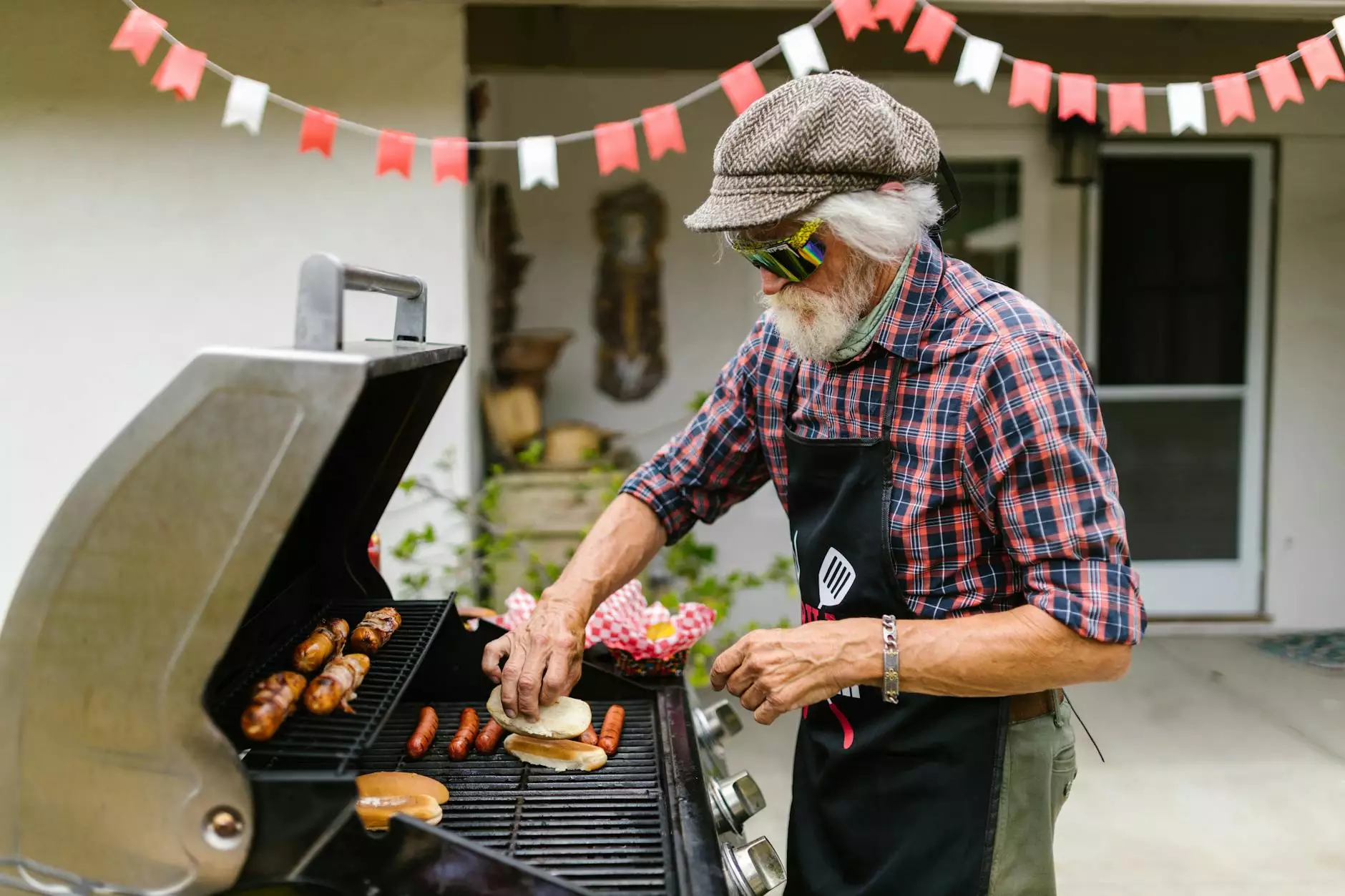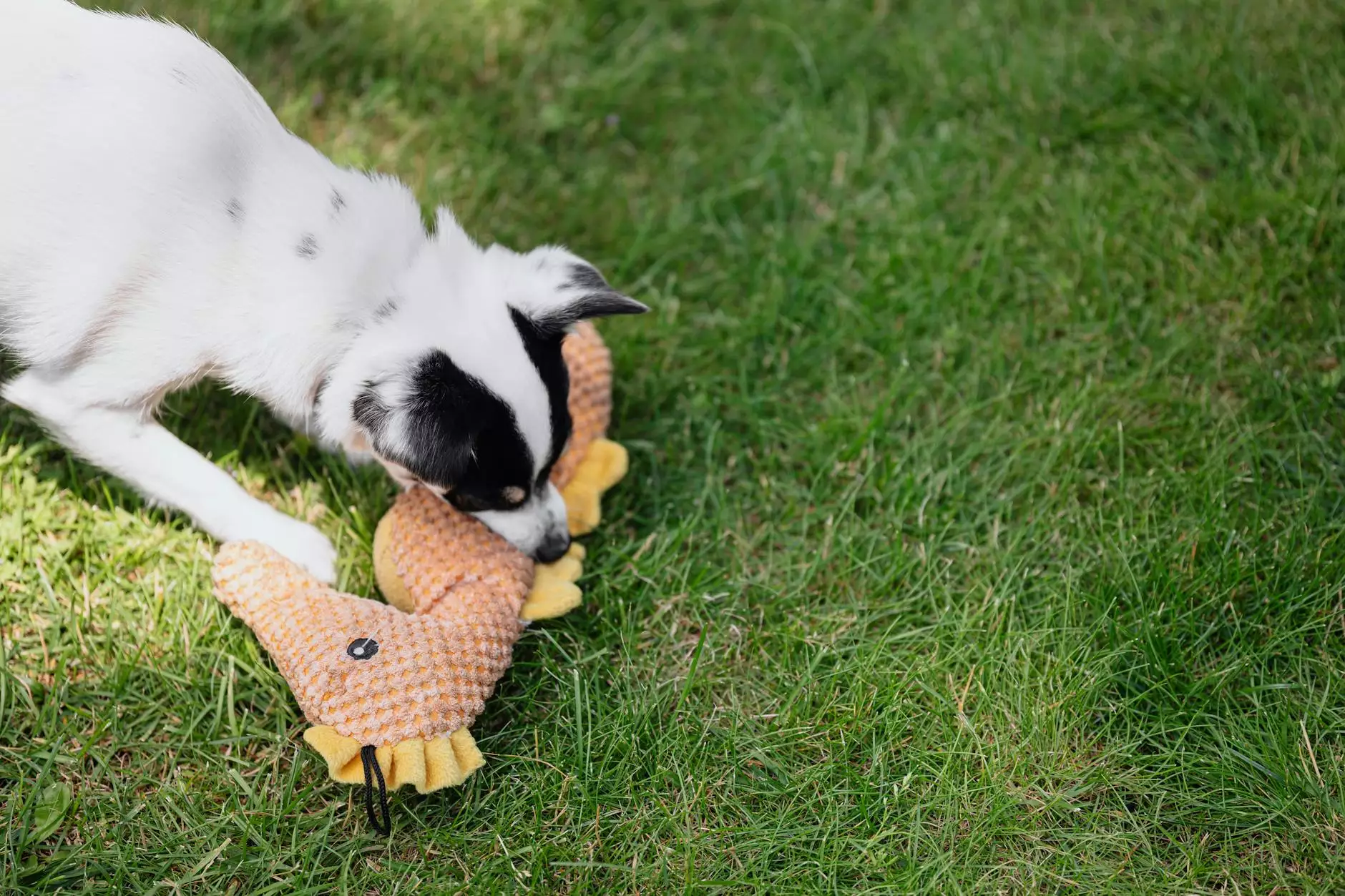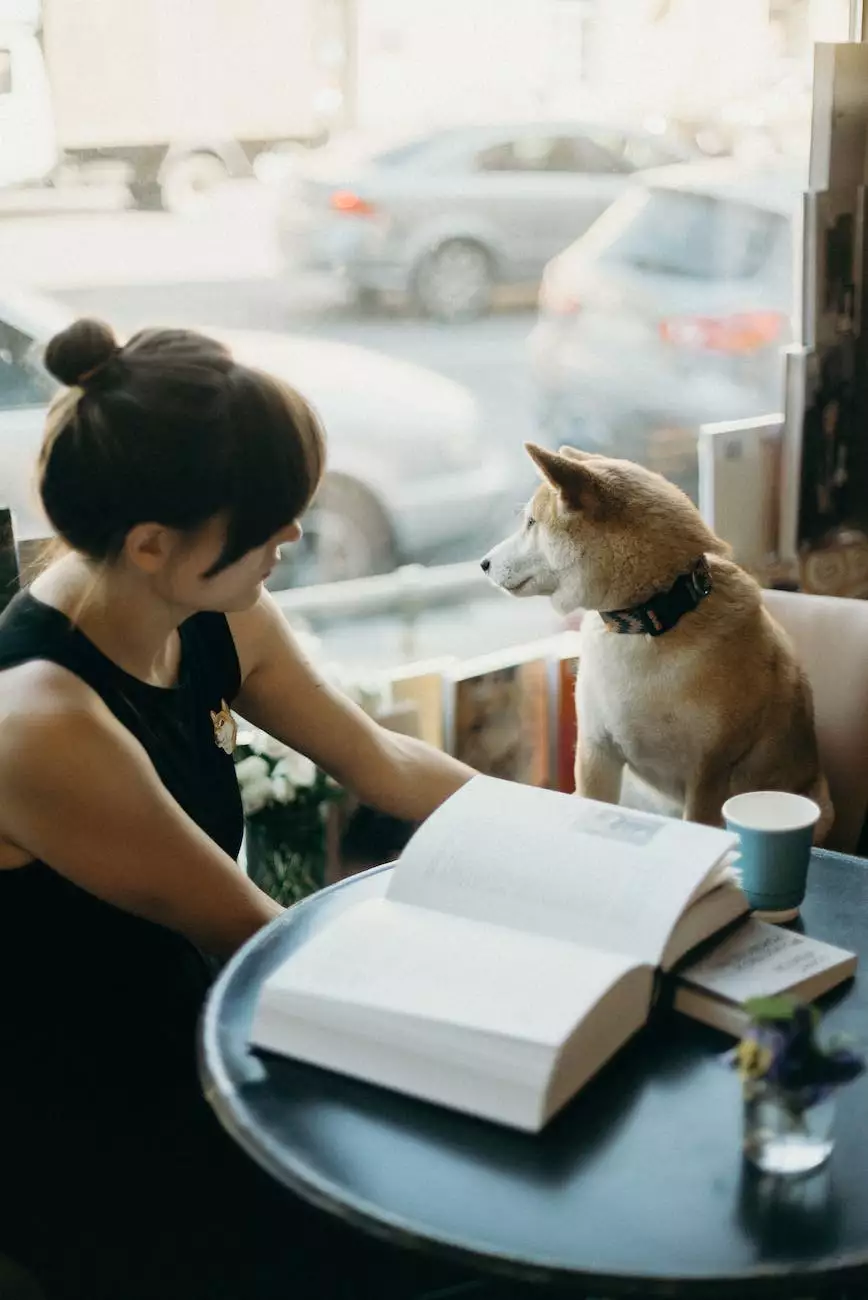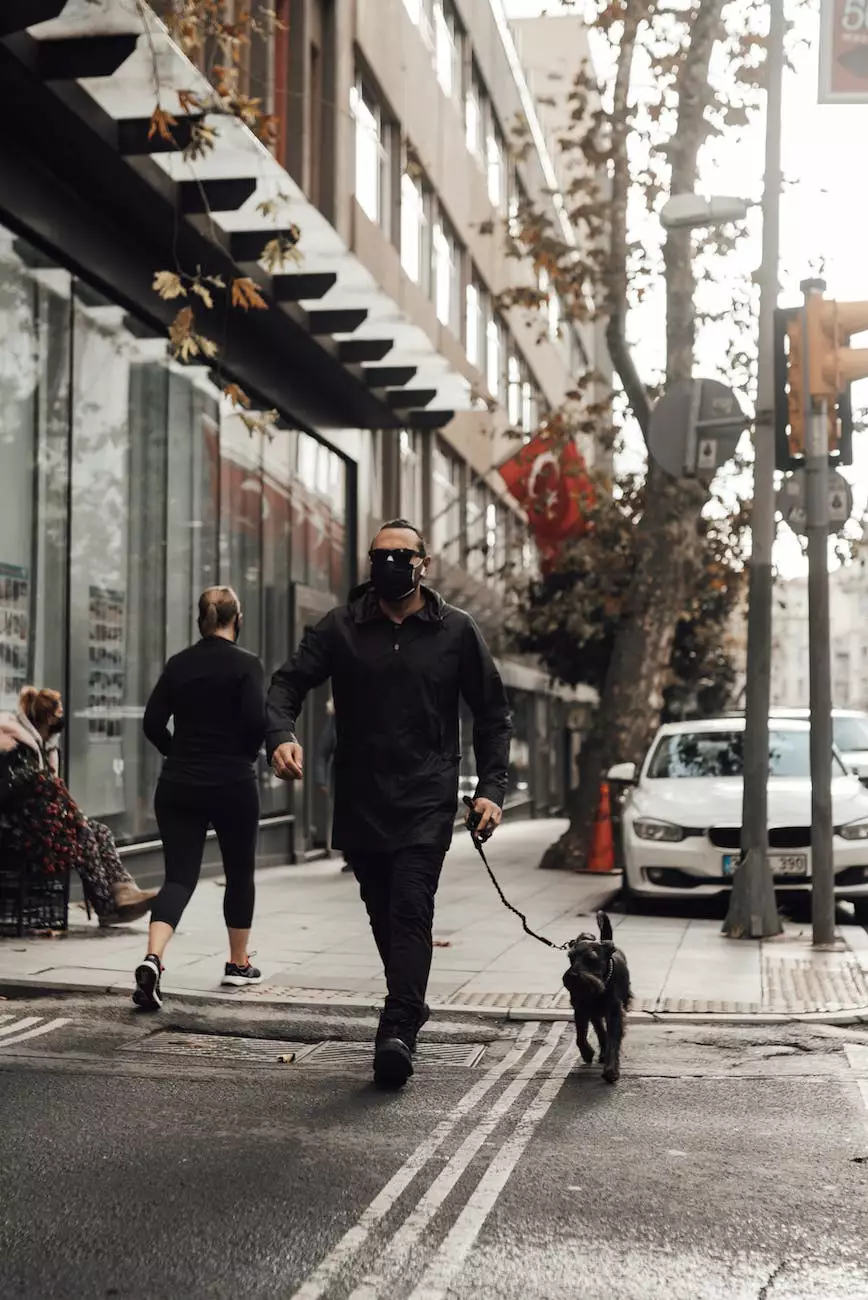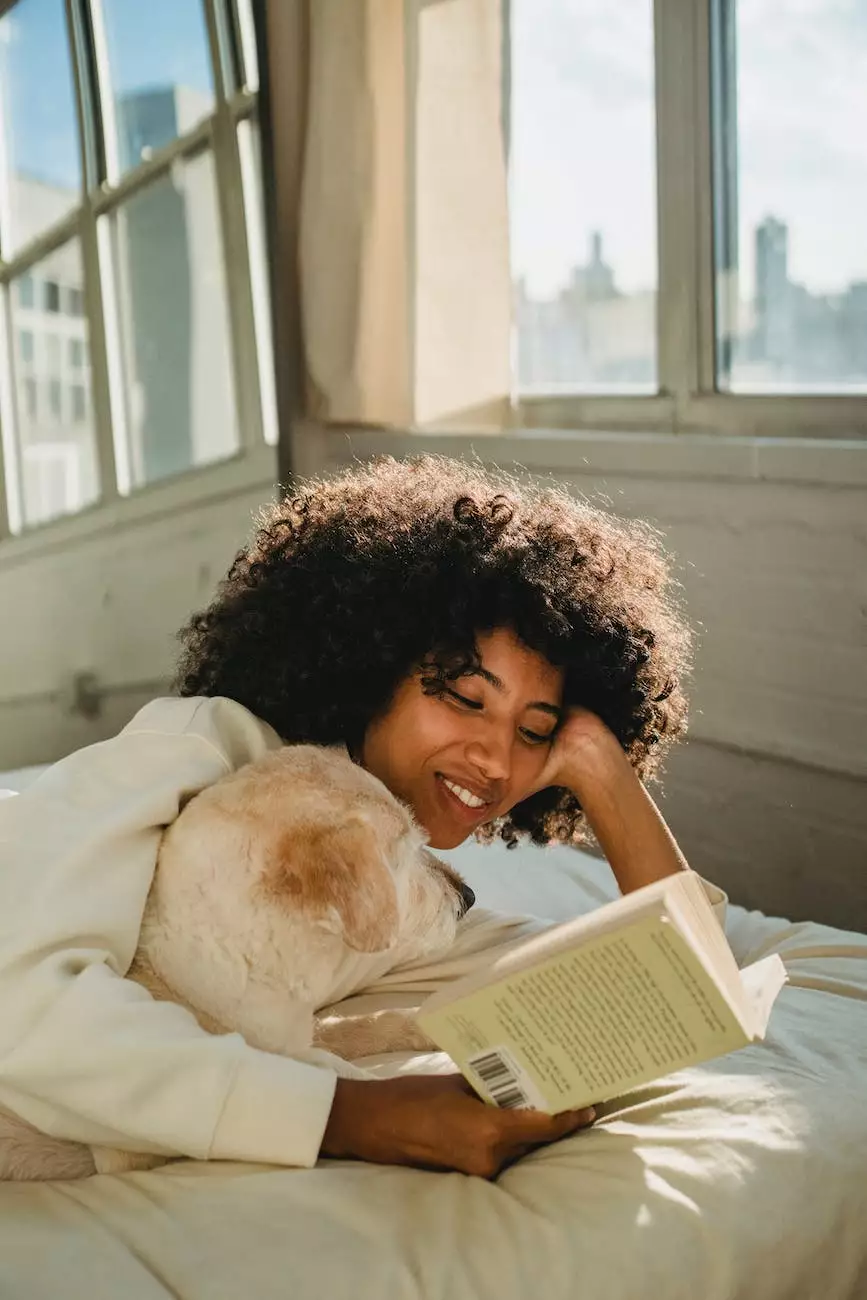Articles tagged with 'Crate Training'
Puppy Training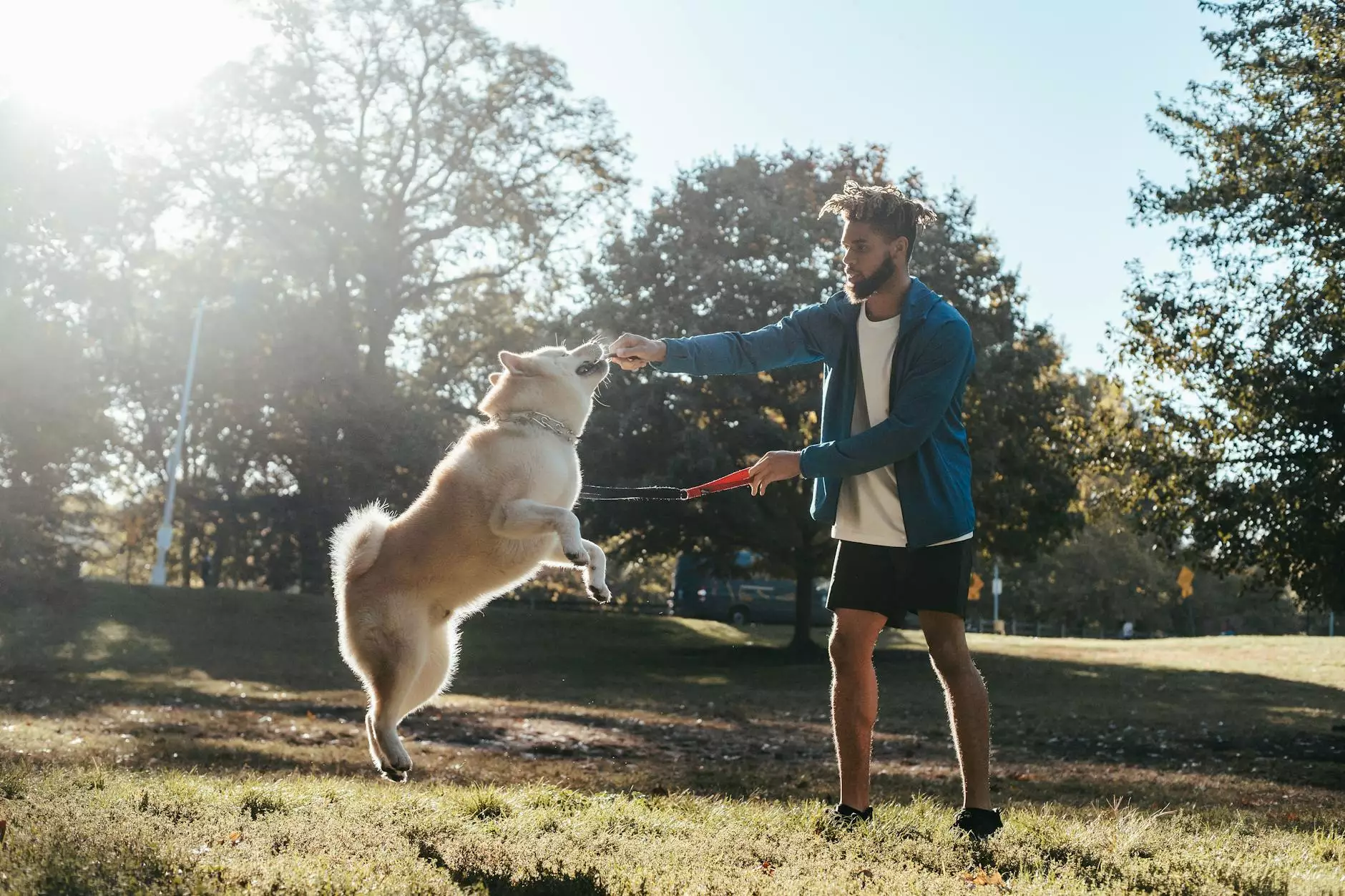
The Importance of Proper Crate Training for Dogs
If you’re a pet parent, you may have discovered that crate training can be a valuable tool in creating a safe and secure environment for your furry friend. At The Upbeat K9, we understand the significance of proper crate training and the positive impact it can have on your dog's behavior and overall well-being.
Whether you have a new puppy or an adult dog, introducing them to crate training can provide numerous benefits. A properly crate-trained dog will view their crate as a comfortable and secure space, where they can retreat for rest, relaxation, or even during times of stress. This can be especially useful in situations such as travel, veterinary visits, or when introducing your dog to new environments.
Tips for Successful Crate Training
When embarking on crate training your dog, it is crucial to approach the process with patience, consistency, and positive reinforcement. Here are some tips to help make the training experience smooth and successful:
1. Introduction:
Start by introducing your dog to the crate gradually. Allow them to explore the crate at their own pace, and make it a positive experience by placing treats, toys, or a cozy blanket inside. Avoid forcing them into the crate or using it as a form of punishment.
2. Size and Comfort:
Ensure that the crate is appropriately sized for your dog. It should be large enough for them to stand, turn around, and lie down comfortably. Add a soft, washable bedding to make the crate cozy and inviting.
3. Schedule and Routine:
Establish a consistent schedule for crate usage, incorporating regular meal times, potty breaks, and playtime. Dogs thrive on routine and will quickly adapt to a structured schedule.
4. Positive Reinforcement:
Reward your dog with treats, praise, and affection whenever they willingly enter and stay inside the crate. This reinforces positive associations and helps them view the crate as a safe haven.
5. Gradual Increase in Time:
Initially, allow your dog to spend short periods inside the crate and gradually increase the duration. This helps them become accustomed to longer periods of confinement without feeling anxious or stressed.
6. Avoid Excessive Confinement:
While crate training is beneficial, it is essential to strike a balance and avoid excessive confinement. Dogs need regular exercise and social interaction. Utilize the crate as a temporary resting place rather than a long-term confinement solution.
Common Crate Training Challenges and Solutions
During the crate training process, you may encounter some challenges. However, with patience and persistence, most issues can be resolved. Here are a few common challenges you may face and their potential solutions:
1. Whining or Barking:
If your dog whines or barks incessantly when in the crate, it could be a sign of anxiety or discomfort. Gradually desensitize them to the crate by associating it with positive experiences like meals or special treats. Additionally, consider providing them with interactive toys or puzzle feeders to keep them occupied while inside the crate.
2. Accidents Inside the Crate:
If your dog eliminates inside the crate, it could indicate that the crate is too big, or they haven't been properly crate trained. Ensure the crate is the appropriate size and take them outside frequently for bathroom breaks. Avoid leaving them confined for extended periods without an opportunity to relieve themselves.
3. Escaping or Panicking:
Some dogs may try to escape the crate or exhibit signs of panic during the training process. This could be a result of fear or feeling trapped. To address this, provide your dog with plenty of exercise and mental stimulation before crate time, ensuring they associate the crate with relaxation rather than confinement.
Conclusion
Crate training is a useful tool for pet owners to create a safe and secure space for their dogs. At The Upbeat K9, we believe in the significance of proper crate training and its positive impact on a dog's well-being. By following the helpful tips outlined above and addressing common challenges with patience and positivity, you can successfully crate train your furry companion and provide them with a comfortable sanctuary.
For more insightful articles and resources on crate training and other valuable dog training techniques, be sure to explore our website and stay connected with The Upbeat K9!


